Mokpo Nakji Dongtae Maeuntang (목포낙지동태매운탕)
4.6Km 2021-03-25
103, Sinpung-ro, Yeongdeungpo-gu, Seoul
+82-2-823-7113
It is a place where you can eat various fish dishes. This Korean dishes restaurant is located in Yeongdeungpo-gu, Seoul. The most famous menu is spicy fish stew.
Dalgaebi (달개비)
4.6Km 2025-05-14
16, Sejong-daero 19-gil, Jung-gu, Seoul
Monte Inwangsan (인왕산)
4.6Km 2025-06-13
Okin-dong, Jongno-gu, Seúl
En el monte Inwangsan pueden encontrarse la zona de los rituales del rey Taejo y Muhakdaesa y la muralla fortificada construida para delimitar Seúl, que une el Túnel Sajik con Jahamun. Muchas personas disfrutan de la ruta de senderismo que comienza en el Túnel Sajik y avanza hacia el pico de la montaña, para después caminar al lado de la muralla y llegar a Buam-dong. Esta ruta de senderismo también está conectada con la carretera situada ante Cheong Wa Dae, por lo que los excursionistas pueden ver lugares históricos como el camino Palpan, el camino Hyoja, y el palacio Gyeongbokgung. La ruta de senderismo que transcurre por detrás del Parque Sajik se dirige a Hwanghakjeong, donde los arqueros de la dinastía Joseon demostraban su destreza. Hwanghakjeong estaba originalmente ubicado en el palacio Gyeongbokgung, pero fue trasladado a la montaña. Desde la cumbre puede disfrutarse de una vista panorámica de los alrededores, con el palacio Gyeongbokgung en el centro, que se extiende hasta los montes Naksan, Namsan y Baegaksan.
La ruta que bordea la muralla es popular entre montañistas que buscan disfrutar del bonito paisaje. Al seguir el sendero dentro de la muralla, aparecerán una serie de peldaños de piedra al pasar Changuimun. Tras subir estos peldaños, el sendero se bifurca hacia la parte exterior de la muralla. El sendero se alarga por 200 metros, hasta unas rocas que fueron usadas para construir castillos en tiempos de los reyes Taejo, Sejong y Sukjong. El oscuro musgo de estas rocas indica la larga historia de Seúl. El sendero también lleva al castillo Tangchundae, construido para fortalecer las defensas de la capital tras la invasión japonesa de 1592 y las incursiones manchúes de 1636.
El monte Inwangsan se eleva hasta los 338 m de altitud, cubriendo Honghe-dong, de Seodaemun-gu, y Muak-dong, Nusang-dong, Ogin-dong y Buam-dong de Jongno-gu. Las colosales formaciones rocosas y vistas de Seúl y de Cheong Wa Dae son algunos de los grandes encantos de esta montaña.
Plaza de Seúl (서울광장)
4.6Km 2025-05-23
Sejong-daero 110, Jung-gu, Seúl.
Fundado en 1926, el antiguo edificio del Ayuntamiento de Seúl es de piedra, de estilo renacentista. La plaza delante del Ayuntamiento es un sitio histórico donde se realizaron el Movimiento de Independencia de 1919 (Samil) y el movimiento de pro-democracia en junio de 1987. Es también un lugar conocido porque, durante la Copa Mundial de Fútbol de 2002, decenas de miles de admiradores del seleccionado nacional se congregaron para aclamarlo. Esta plaza de hierba oval delante del Ayuntamiento de Seúl, reestablecida en 2004, es usada como un lugar para sostener varios acontecimientos y festivales culturales, y es para el disfrute por muchos seulitas. Como atracción de la Plaza de Seúl está la fuente de agua del piso. Las 48 luces de piso a lo largo de la plaza de hierba y una especie de reloj externo de la pared son otros rasgos distintivos de la Plaza.
Myeongdong Yeongyang Center (명동 영양센터)
4.6Km 2020-01-09
52, Myeongdong 2-gil, Jung-gu, Seoul
+82-2-776-2015
Myeongdong Yeongyang Center is a 52 year-old specialty restaurant in Myeongdong. It specializes in samgyetang (ginseng chicken soup) and tongdak (roasted chicken). In 1960, Yeongyang Center has started to sell tongdak roasted on an electric rotisserie. Since then, the crisp and not-at-all greasy taste has attracted popularity among local Koreans and it has become a must-visit restaurant among foreign tourists.
They use chickens provided by directly owned chicken farm and the owner of the restaurant thoroughly manages all the process of cooking even from the ingredients preparation level.
Their main menus are samgyetang and tongdak. The Samgyetang features its tender meat and thick broth after boiling for 2 hours and the tongdak features crispy and not-fatty taste of the well-drained chicken. Among the menus, sansam Samgyetang stuffed with wild ginseng powder is the most be-loved menu.
Jangsu Galbi (장수갈비)
4.6Km 2021-03-26
54-1, Myeongdong 2-gil, Jung-gu, Seoul
+82-2-775-9292
It has been around since 1968. This restaurant's signature menu is grilled ribs. This Korean dishes restaurant is located in Jung-gu, Seoul.
Yeongyang Center (영양센타)
4.6Km 2021-03-29
52, Myeongdong 2-gil, Jung-gu, Seoul
+82-2-776-2015
This is a restaurant in Myeong-dong where you can eat old-fashioned whole chicken. This Korean dishes restaurant is located in Jung-gu, Seoul. The most famous menu is fried chicken.
Festival de Arte Callejero de Seúl (서울거리예술축제)
4.6Km 2024-08-29
Taepyeong-ro 1-ga 54-2, Jung-gu, Seúl.
02-758-2036
El Festival de Arte Callejero de Seúl se realiza en las principales plazas y espacios culturales que conectan las grandes calles y avenidas de Seúl. Diferentes manifestaciones artísticas callejeras encuentran un lugar de expresión en este festival. Desde el año 2003 se celebraba bajo el nombre de Festival Hi Seoul, pero en 2016 cambió por su actual denominación.
57 Myeongdong Hostel [Korea Quality] / 57명동호스텔 [한국관광 품질인증]
4.6Km 2023-04-13
13th floor, 57, Myeongdong 2-gil, Jung-gu, Seoul
+82-10-3262-3503
(Korea Quality Premier Class) The name ‘57 Myeongdong Hostel’ comes from its location ‘13F, Taepyeongyang Building, 57, Myeongdong 2-gil, Jung-gu, Seoul’. The hotel, which is 5 minute-walk from the airport limousine stop, and 3 minute-walk from Myeongdong Station, offers easy access to adjacent tourist destinations including the famous shopping neighborhood of Myeong-dong. The three-story hostel (from 11F to 13F) is composed of 42 guestrooms with 9 types - Single, Twin (Standard, Deluxe, and Economy), Double (Standard, Deluxe, and Economy), Triple, and Family. In particular, Single rooms (equipped with a bathroom) are popular among single travelers and businessmen. It also serves breakfast with diverse types of dishes free of charge, as well as coffee and tea in the communal rest space. Guests can also use the computer and printer in the business center. In addition, a mini washing machine is installed next to the walls, which can be used free of charge. The reception desk provides various information and reservation services for tourist attractions and cultural events. 57 Myeongdong Hostel charms a variety of guests from not only Asian countries but also European countries, the United States, and more.
Arirang (아리랑)
4.6Km 2021-03-29
23, Namdaemun-ro 7-gil, Jung-gu, Seoul
+82-2-752-1342
Arirang offers Korean cuisine with its articulate traditional interior and menus. Most menus are traditionally prepared, along with charcoal grill tables for visitors to cook their own meat. Menus consist of high-grade premium hanu (Korean beef) rib eye, charcoal grilled marinated beef ribs, hot-pot bibimbap, and more.
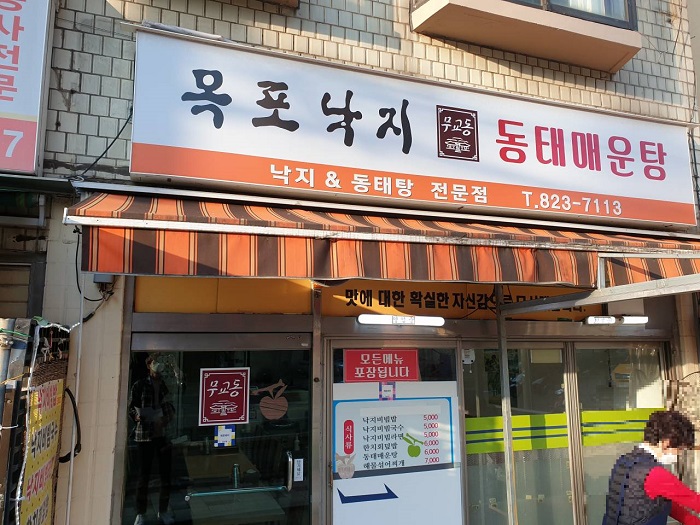

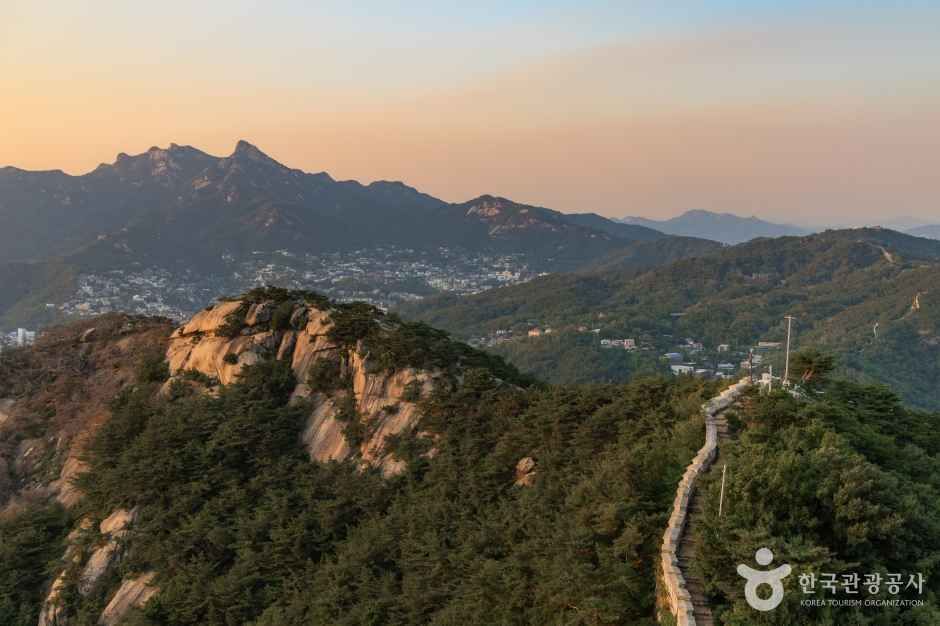
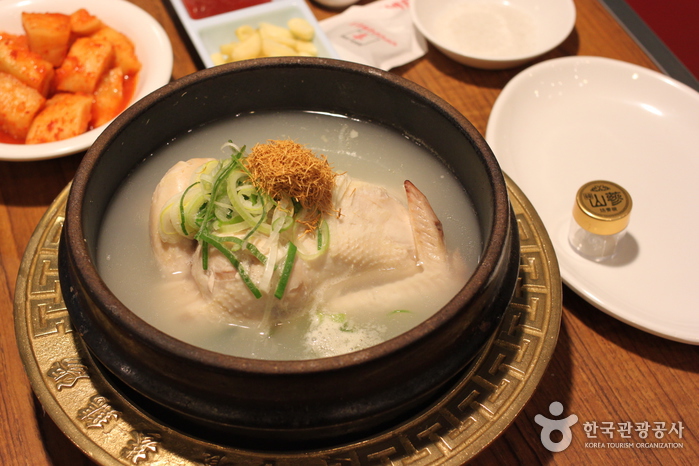
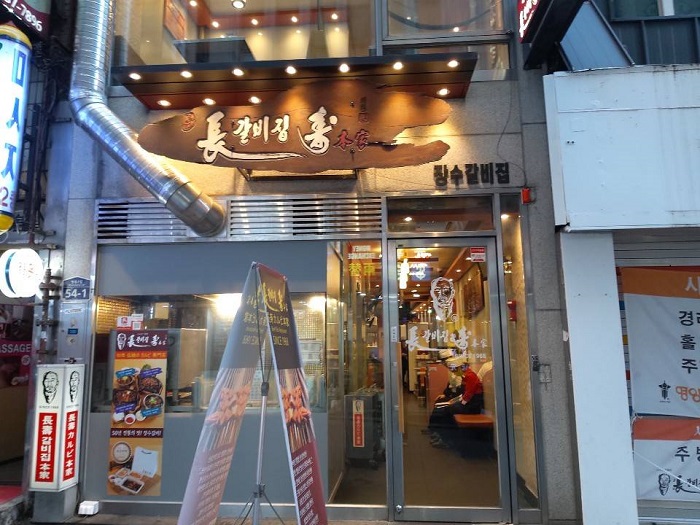
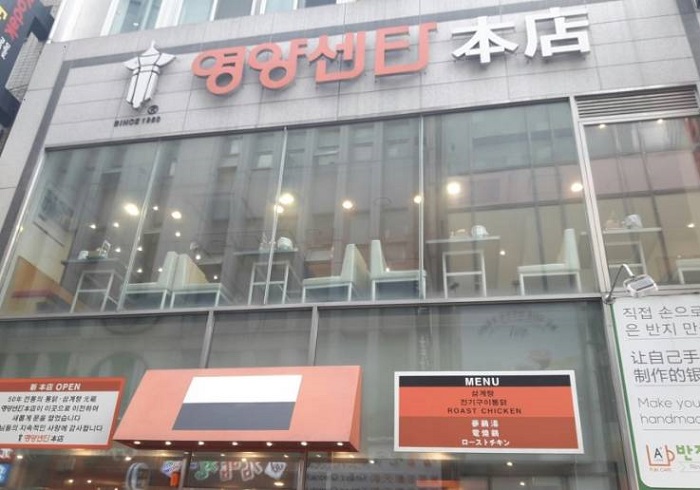
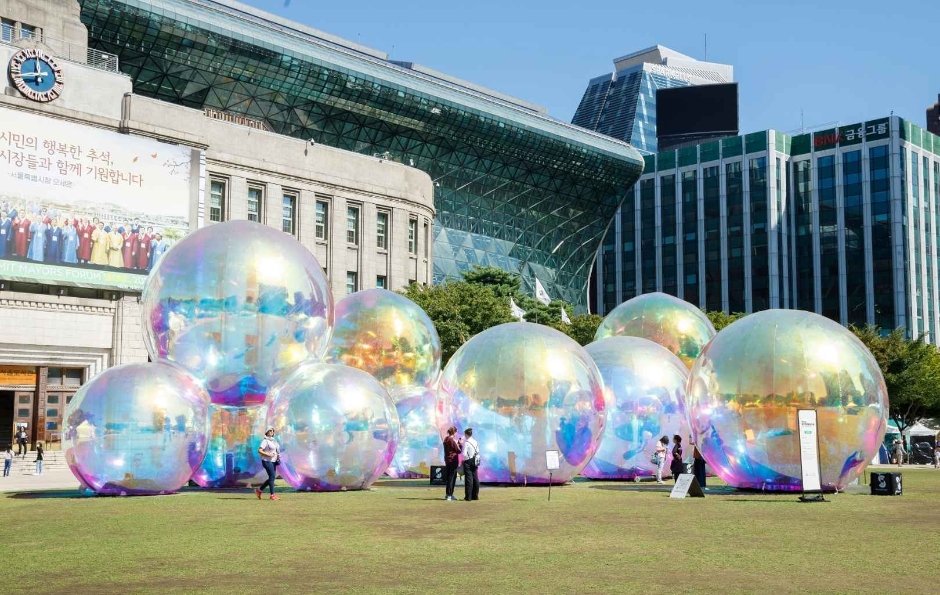
![57 Myeongdong Hostel [Korea Quality] / 57명동호스텔 [한국관광 품질인증]](http://tong.visitkorea.or.kr/cms/resource/34/2610934_image2_1.jpg)
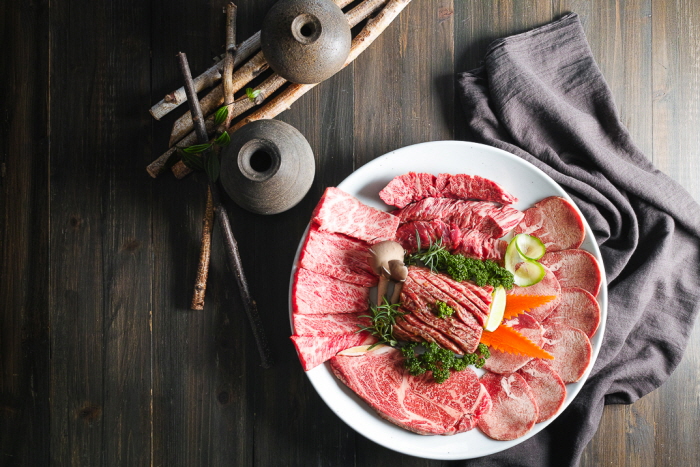
 Español
Español
 한국어
한국어 English
English 日本語
日本語 中文(简体)
中文(简体) Deutsch
Deutsch Français
Français Русский
Русский